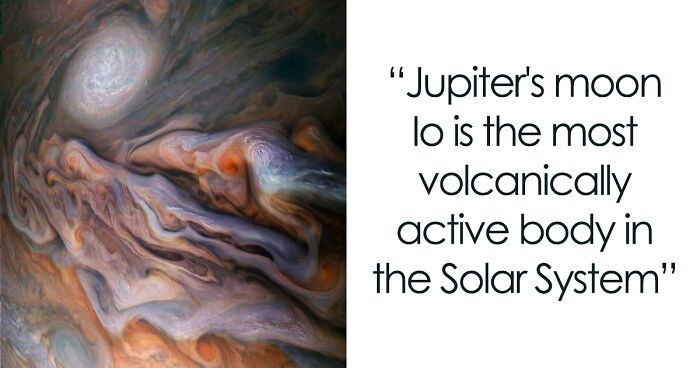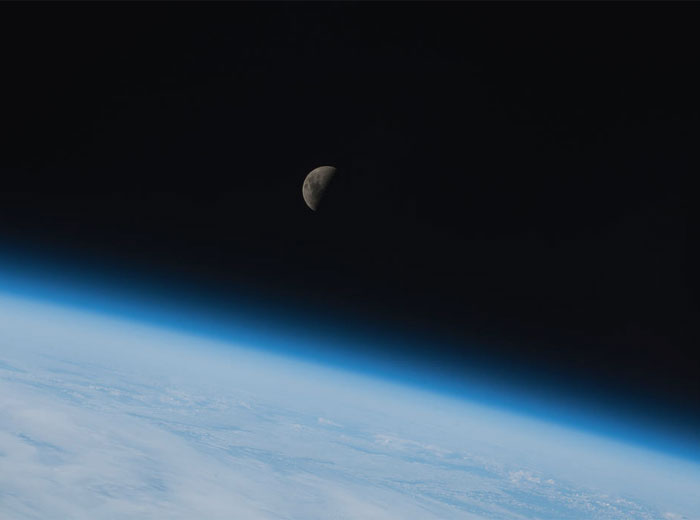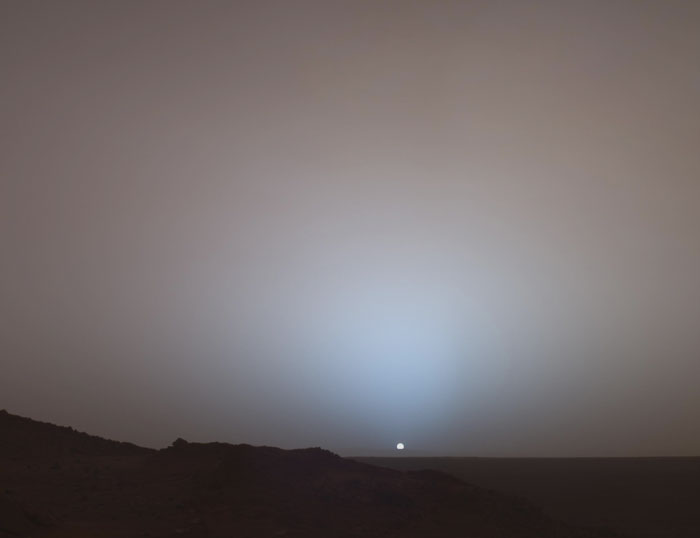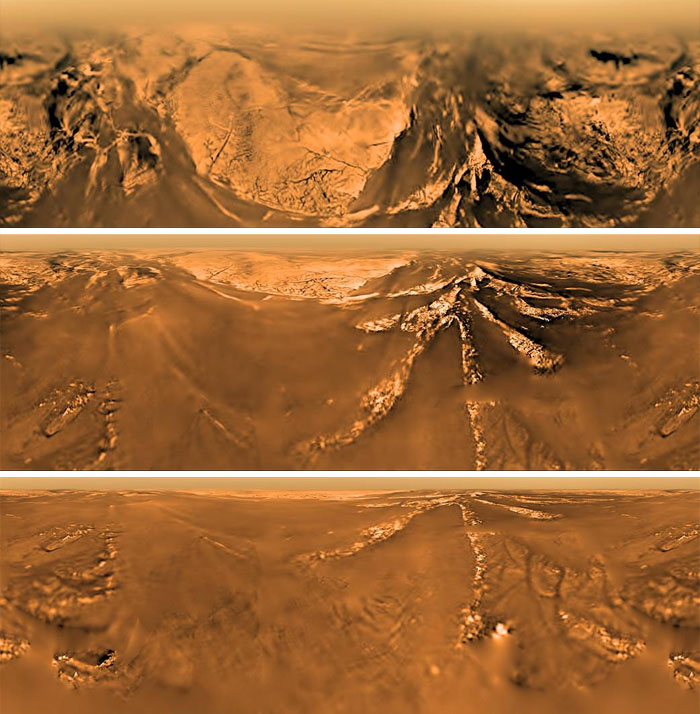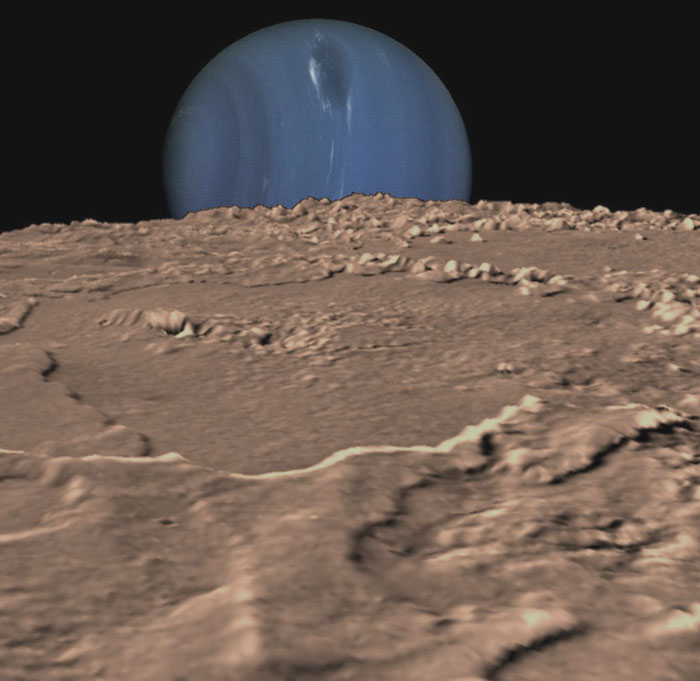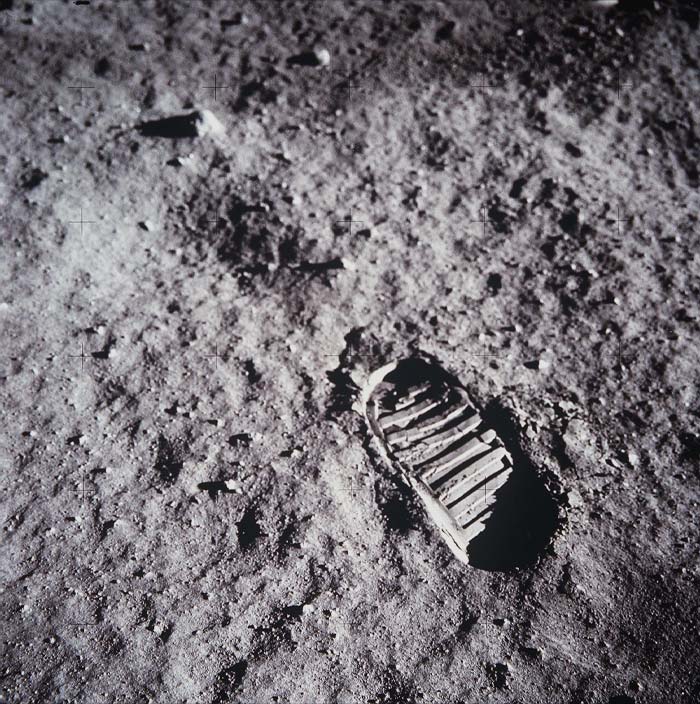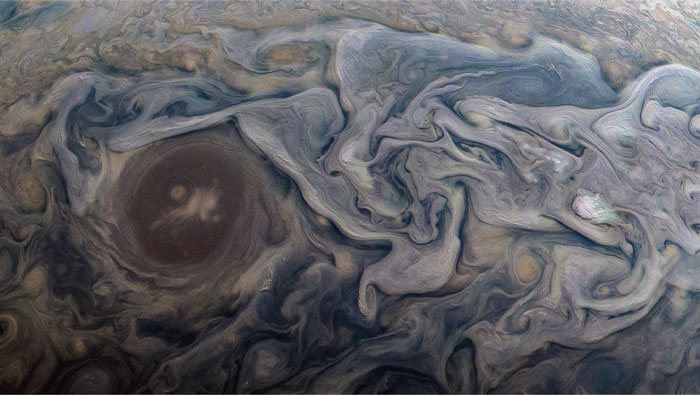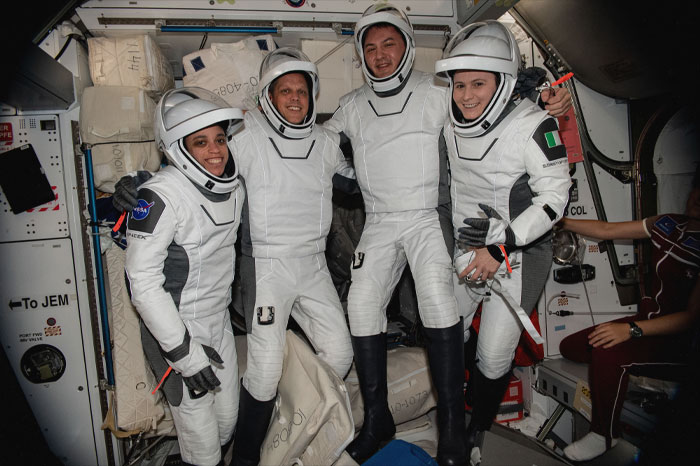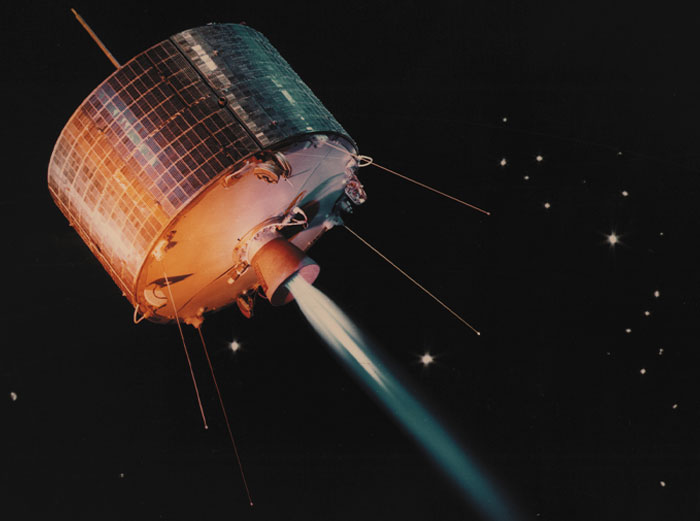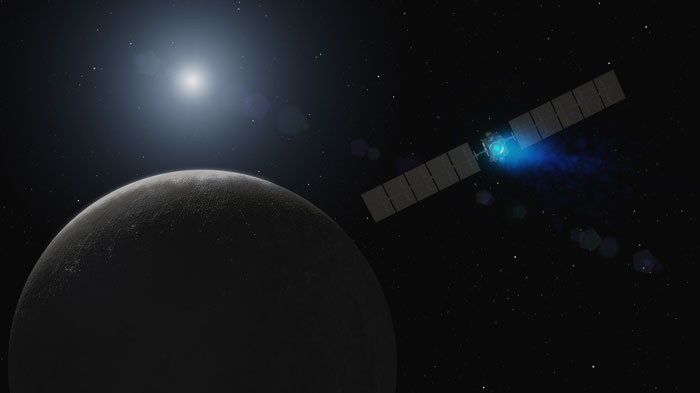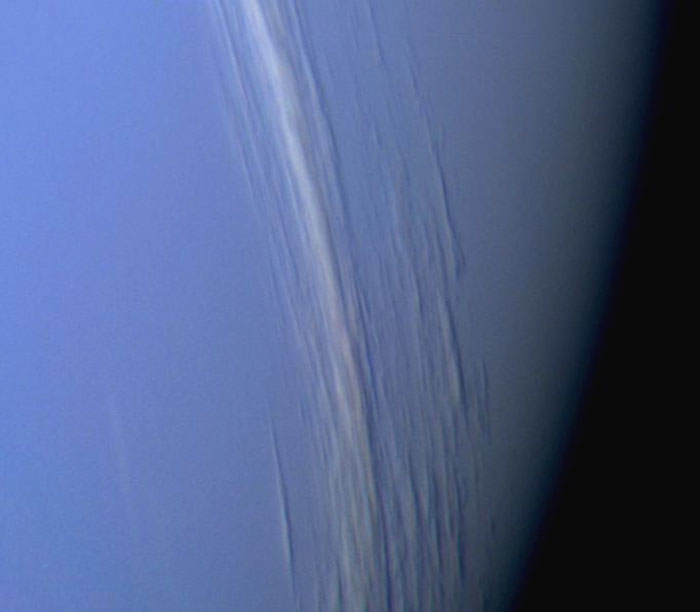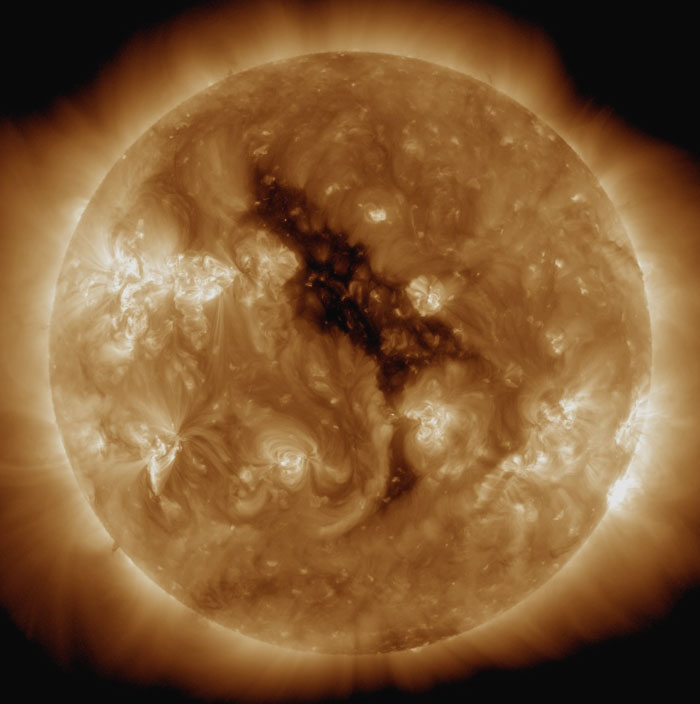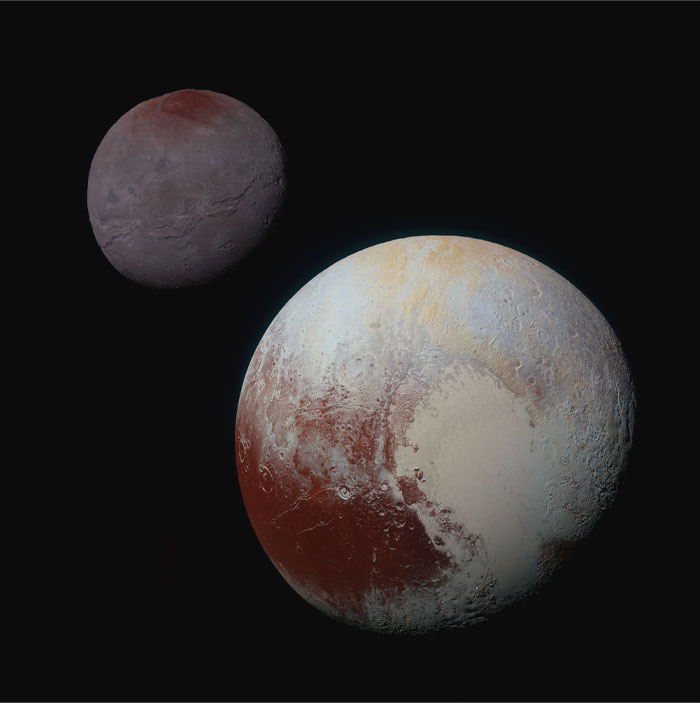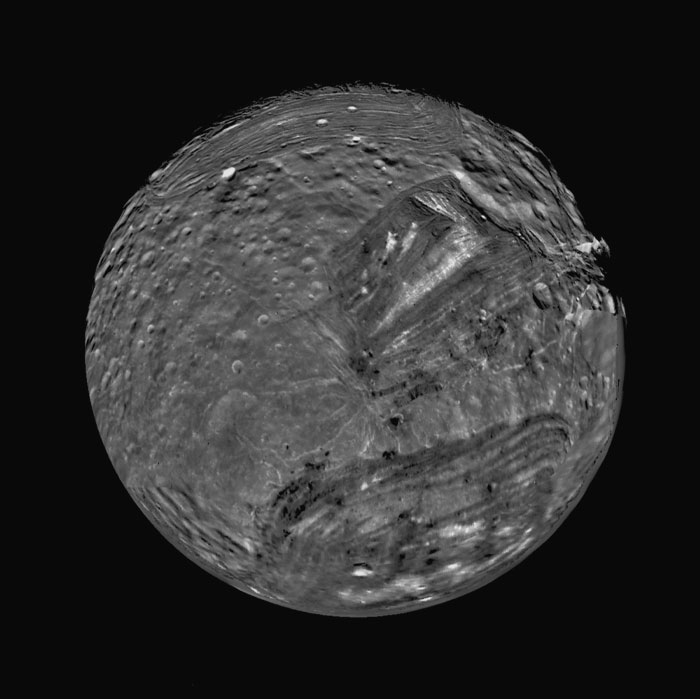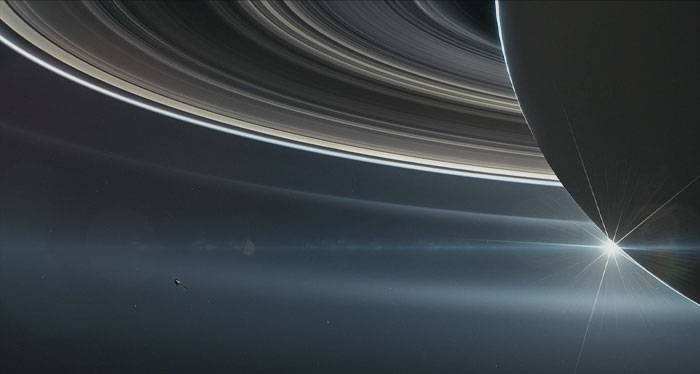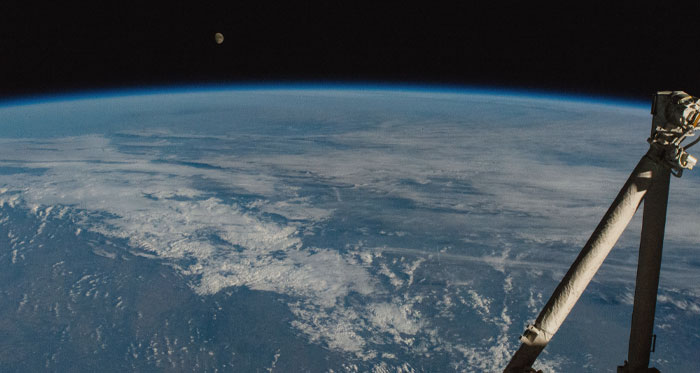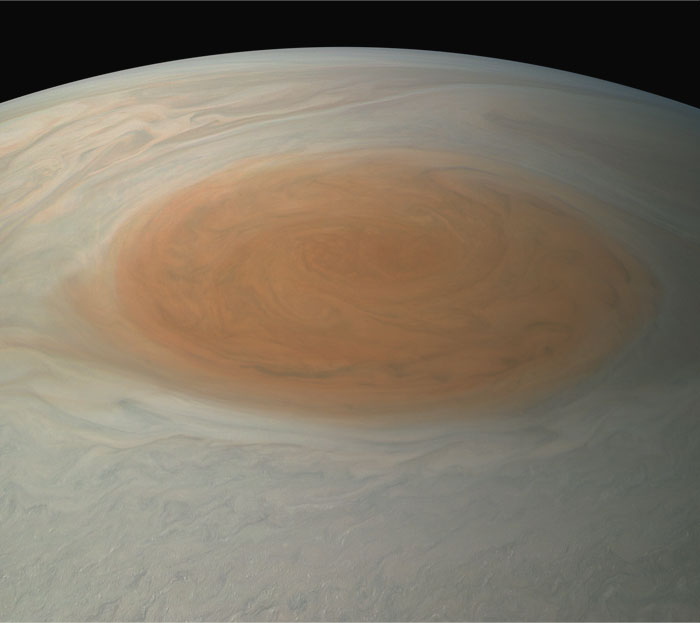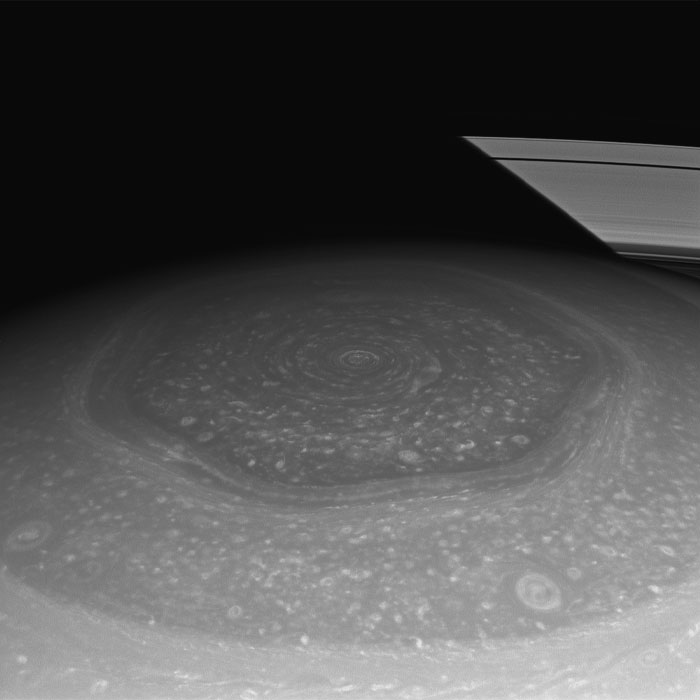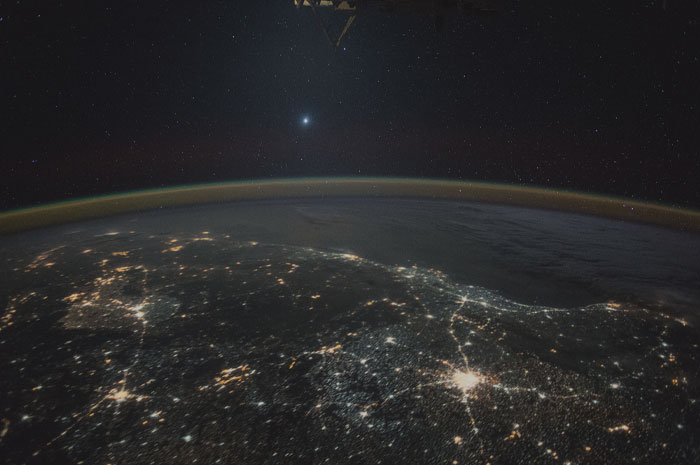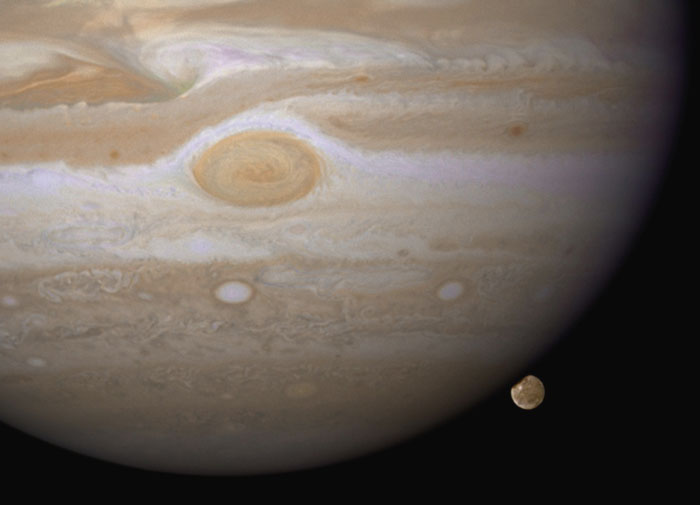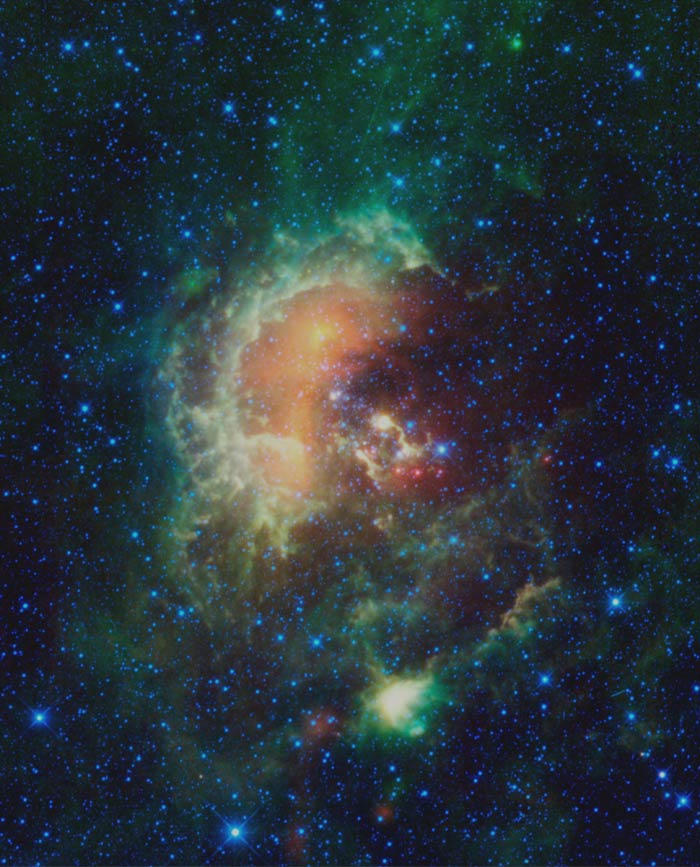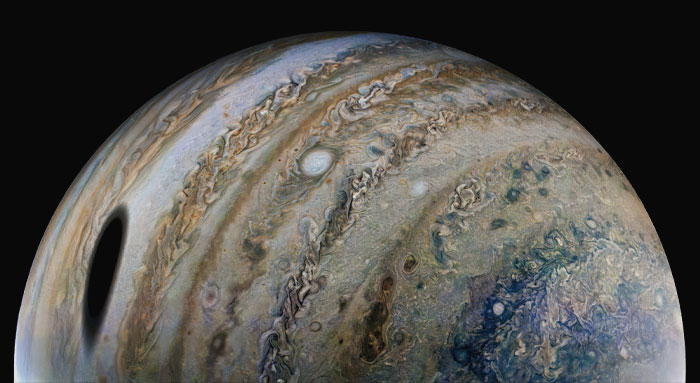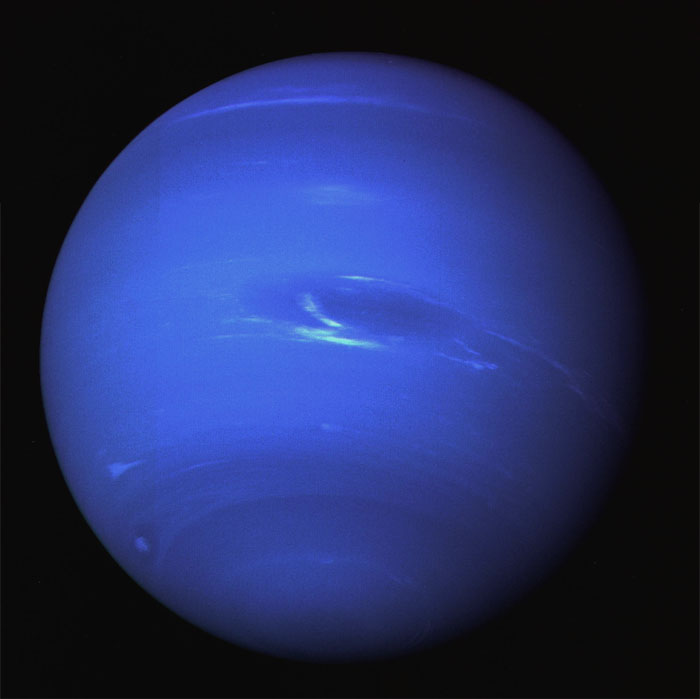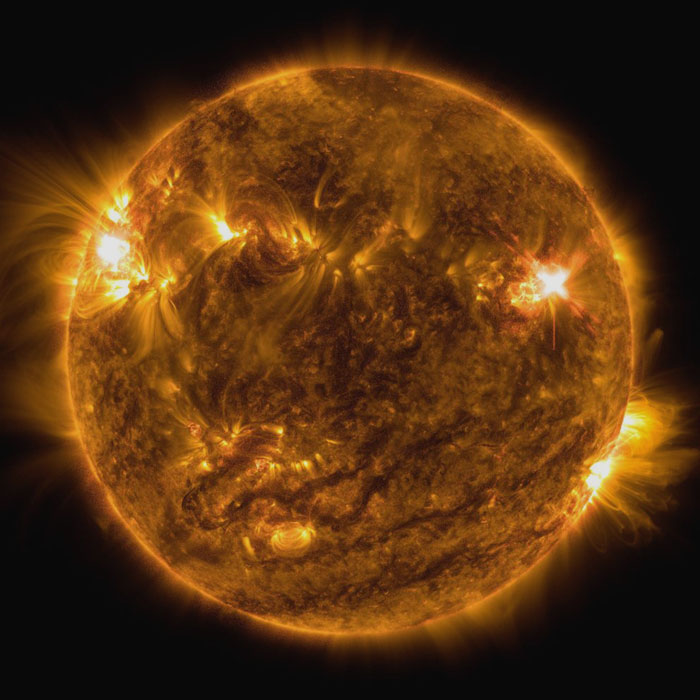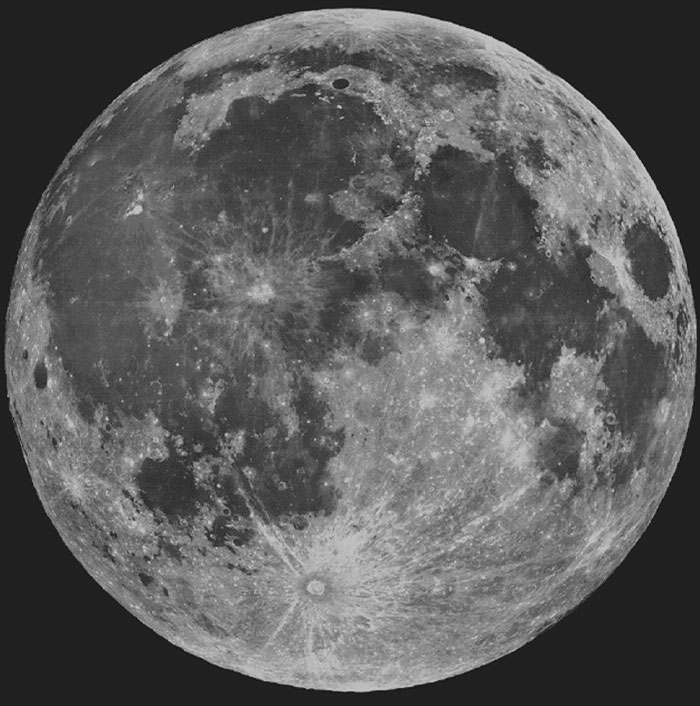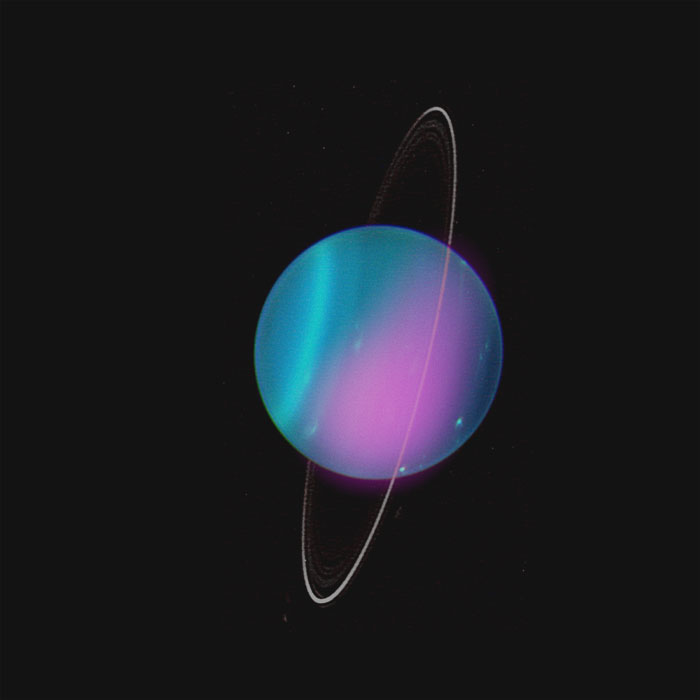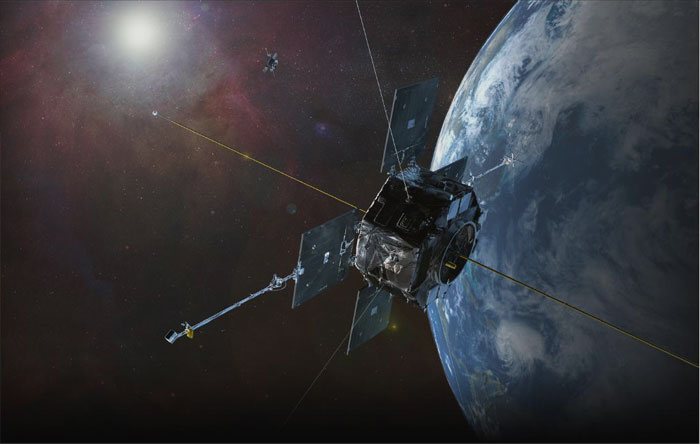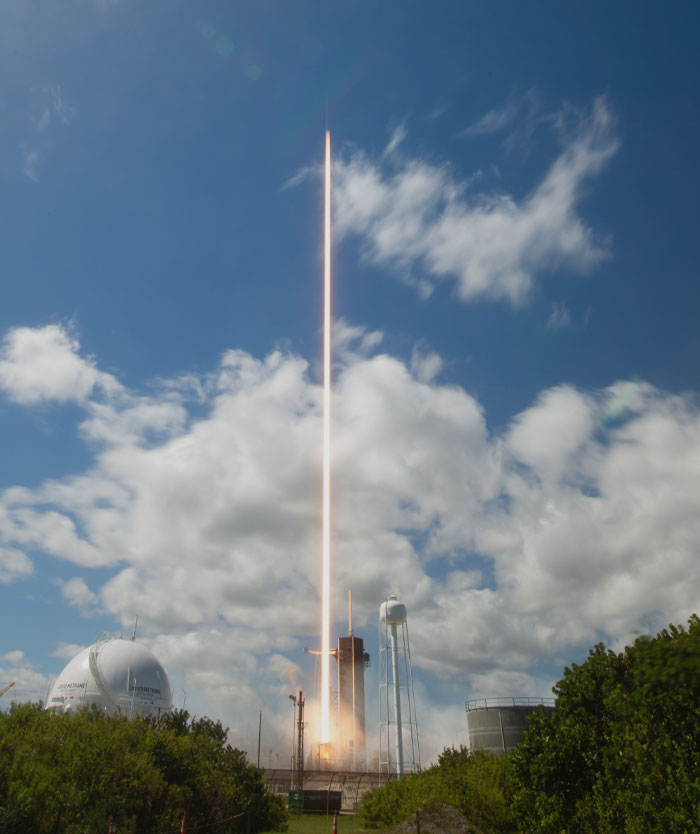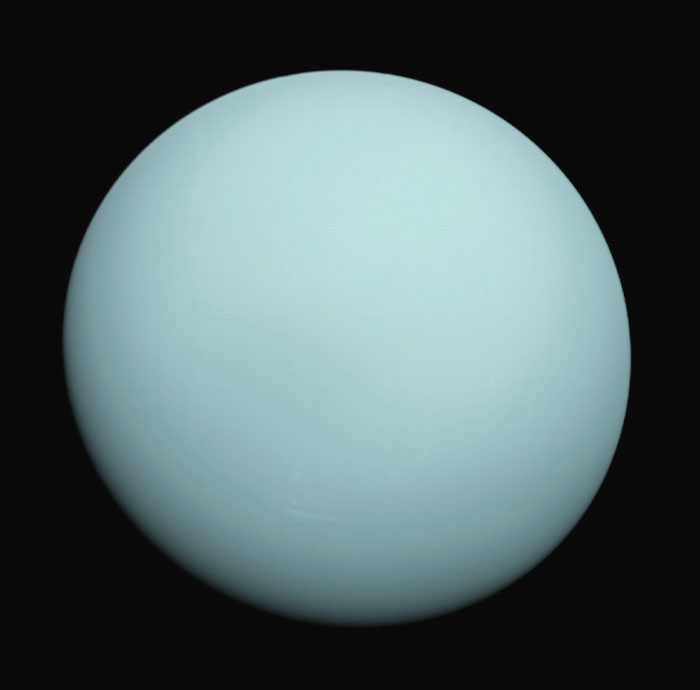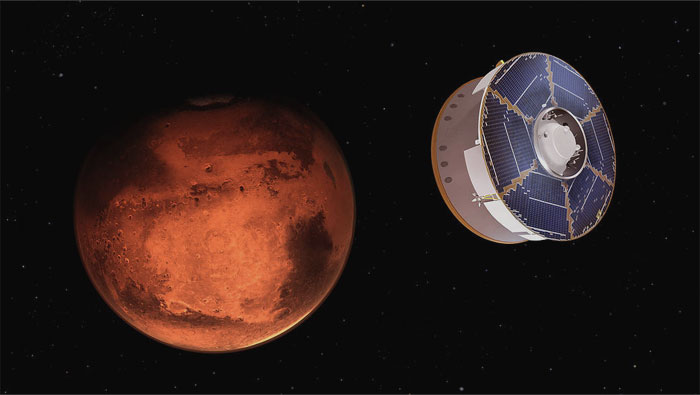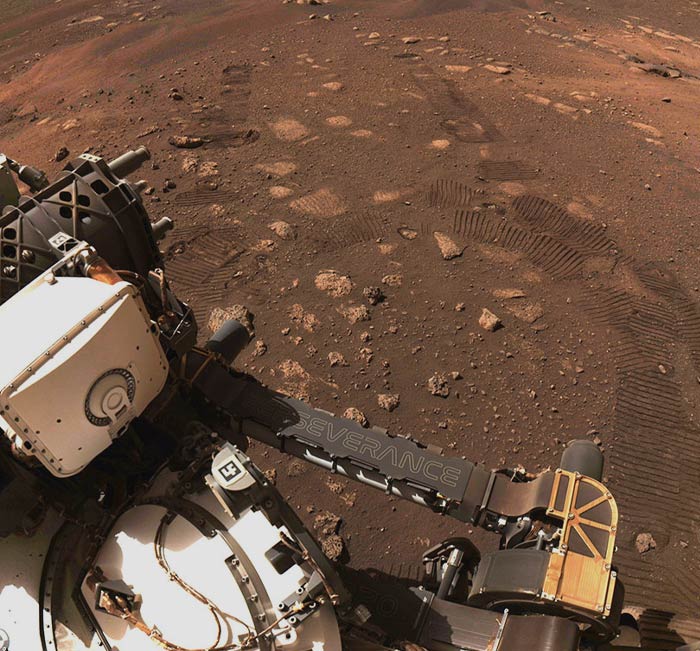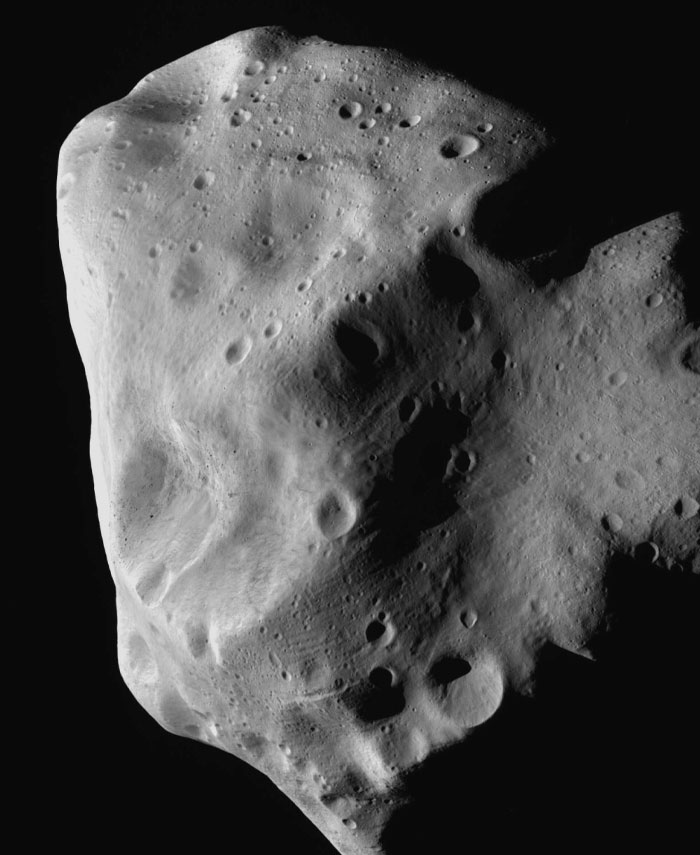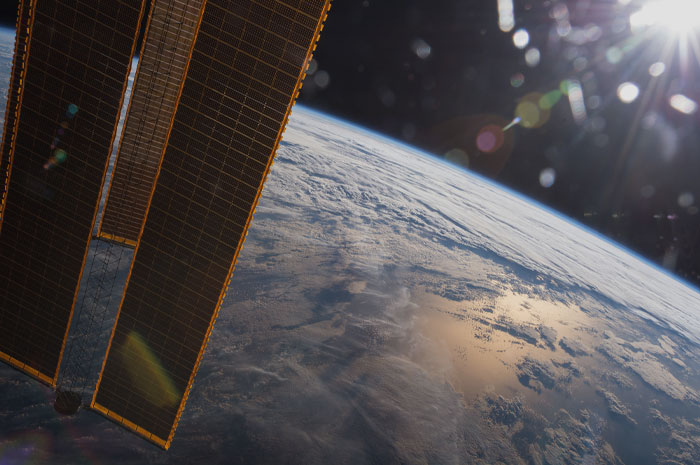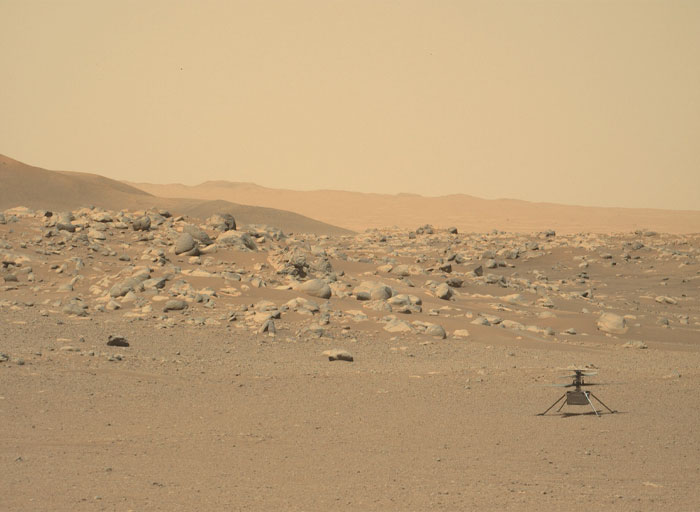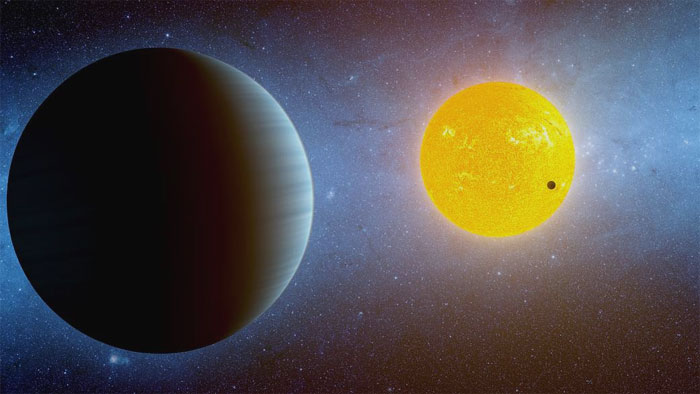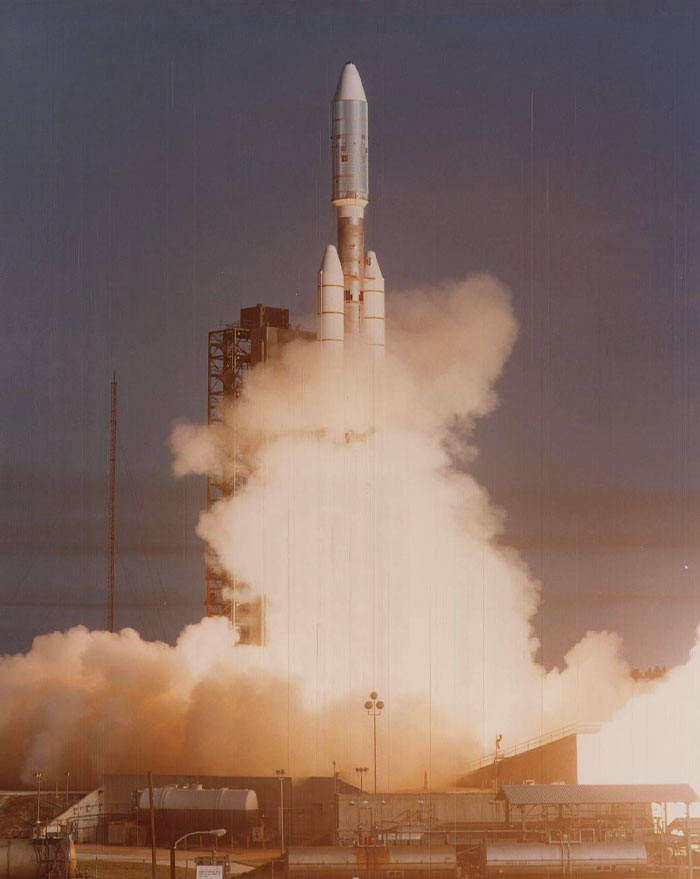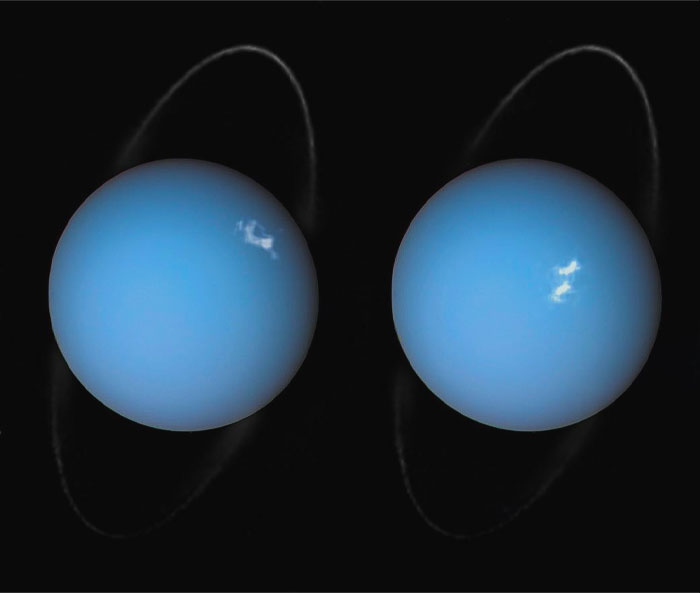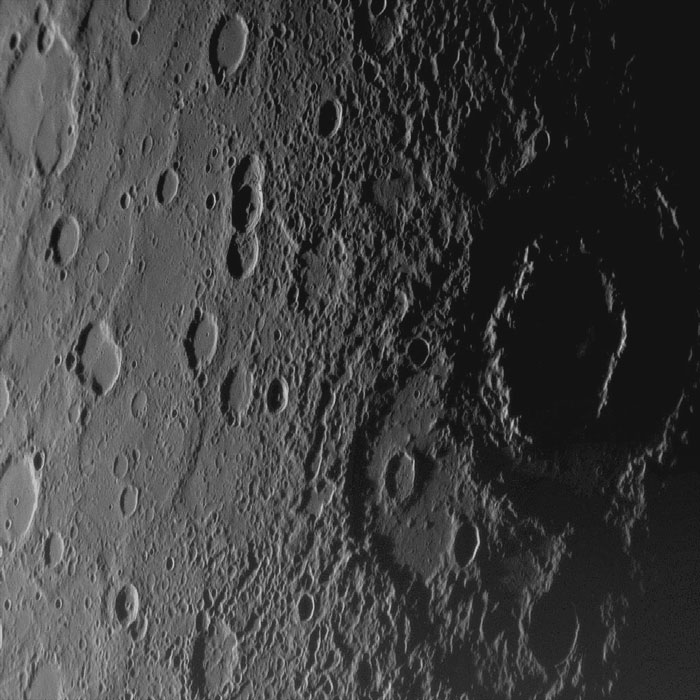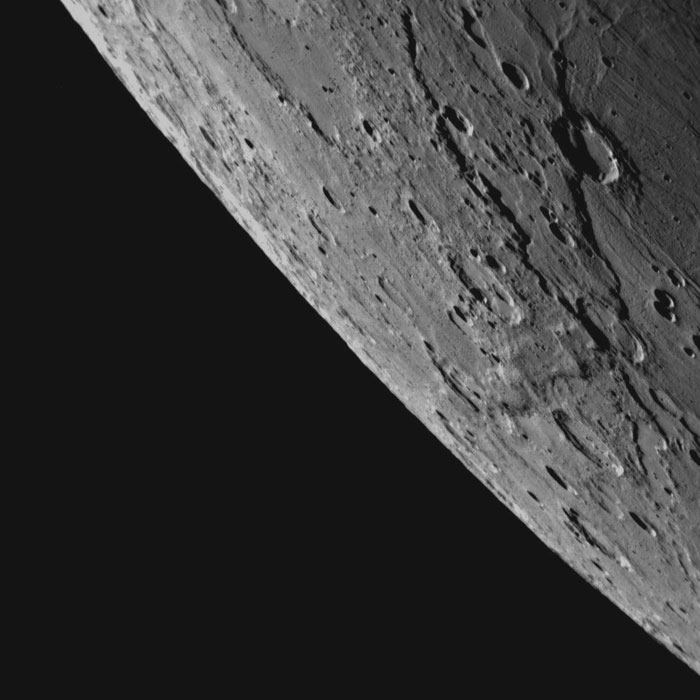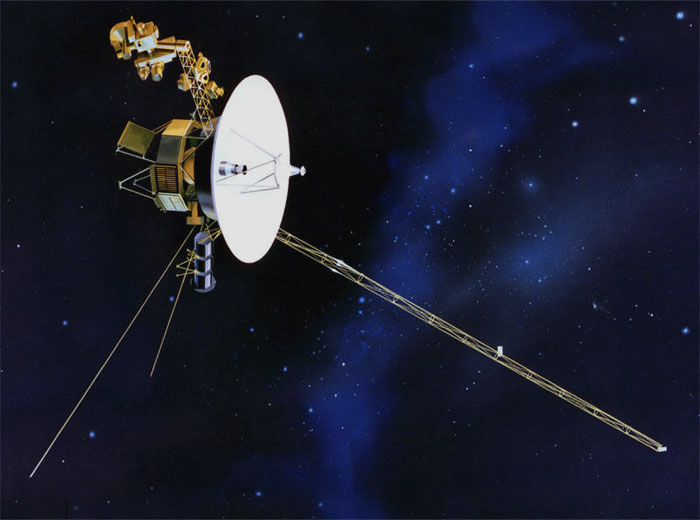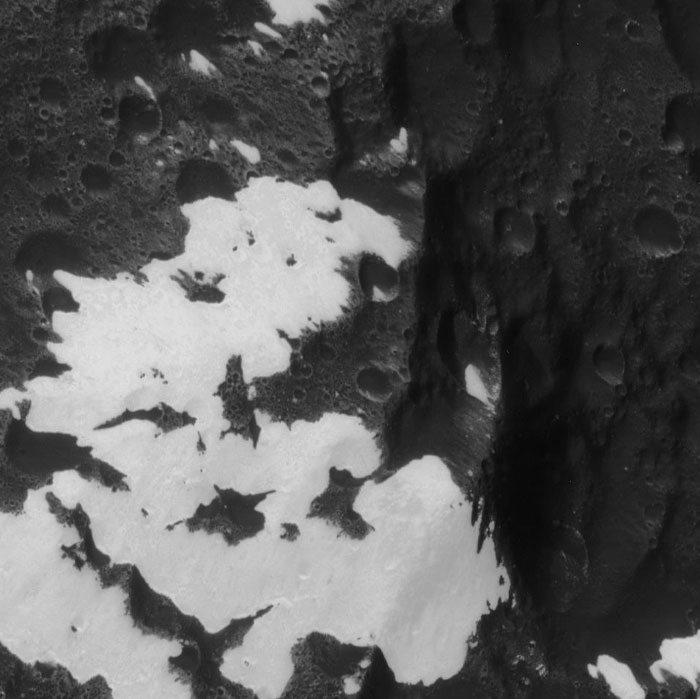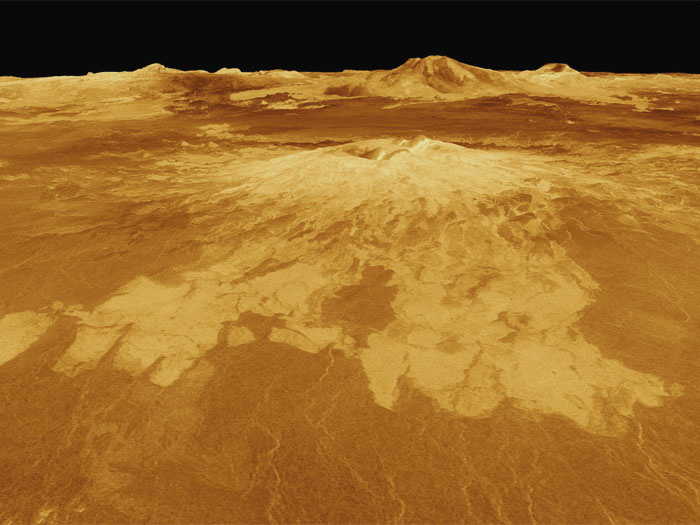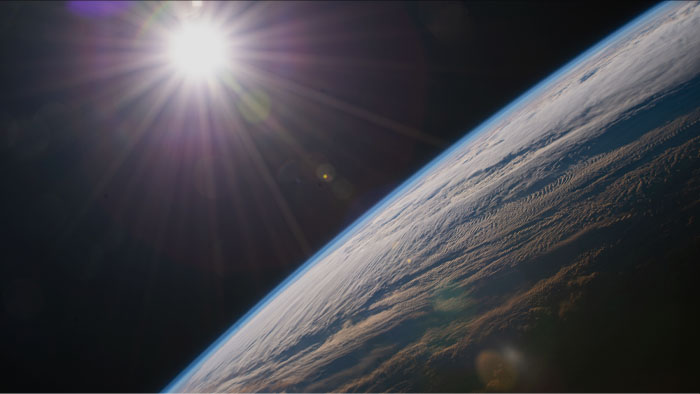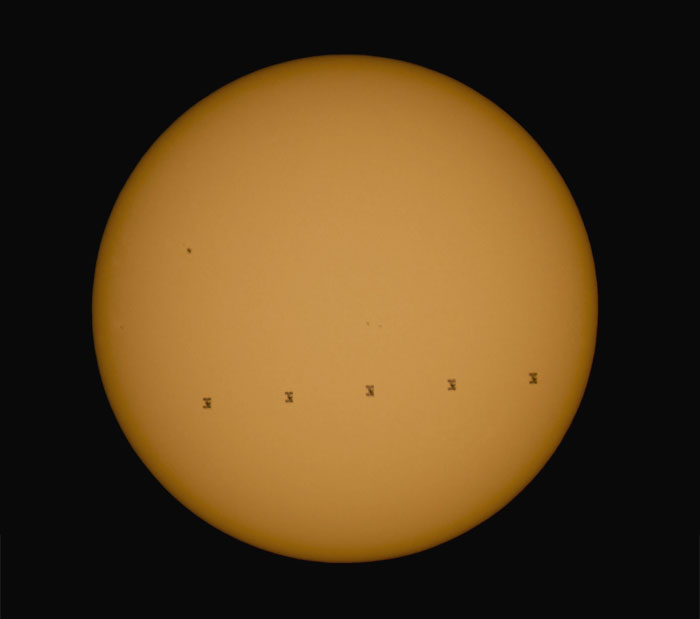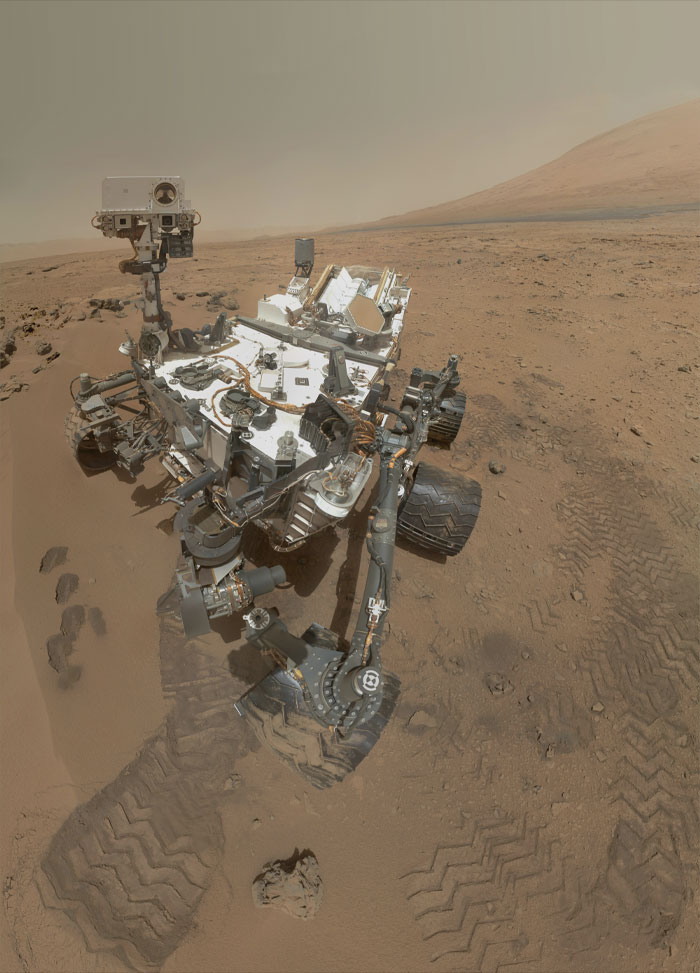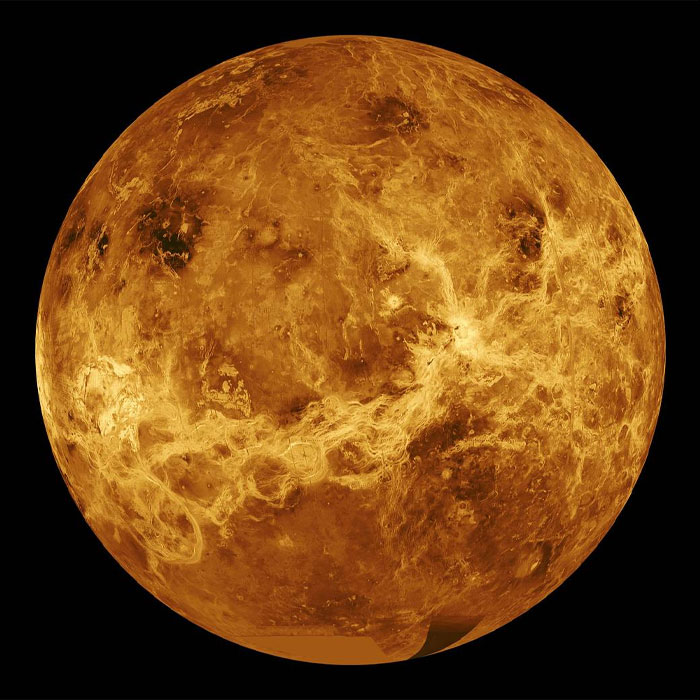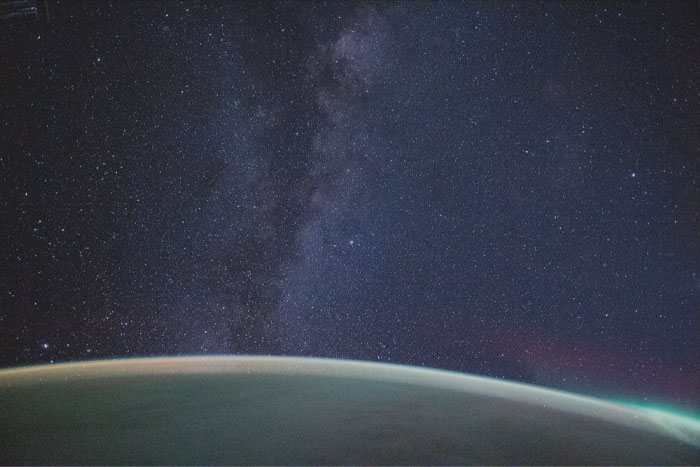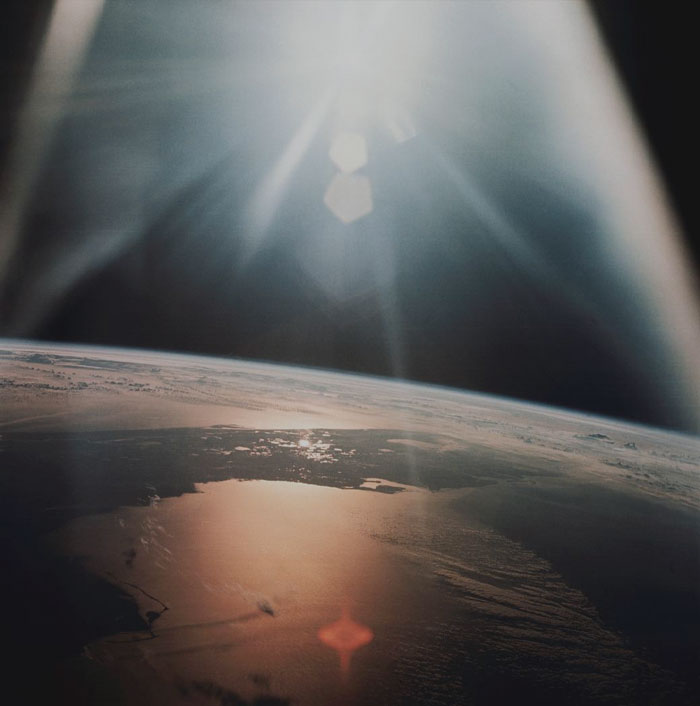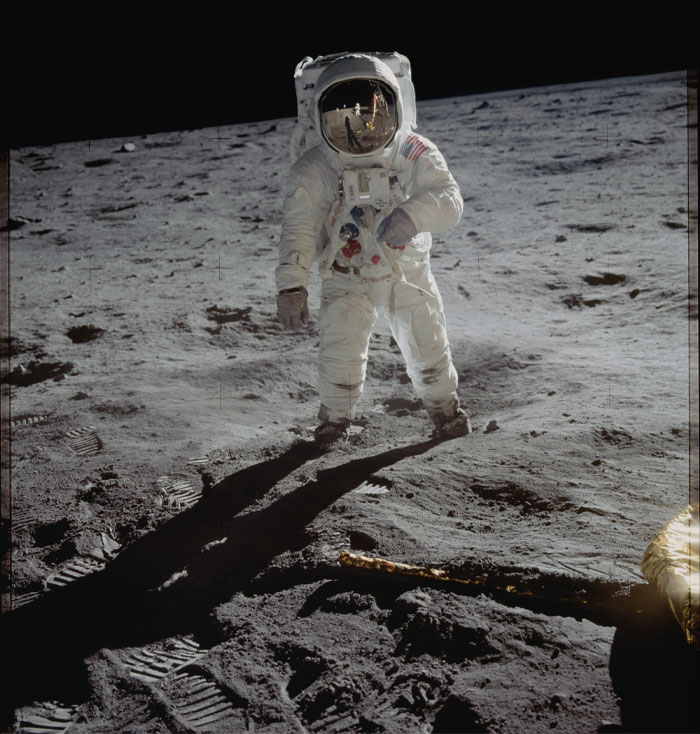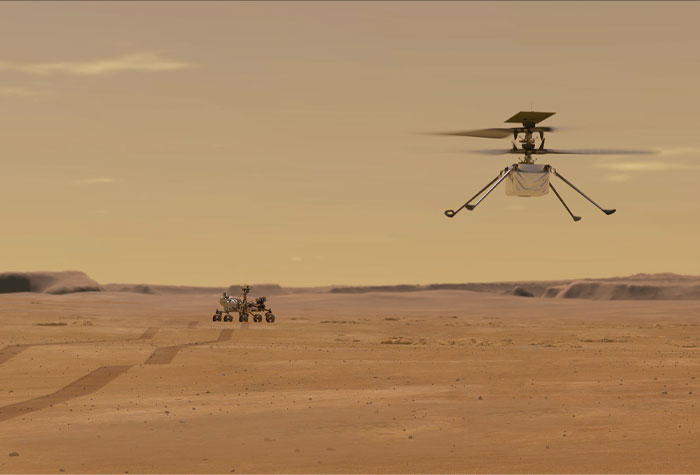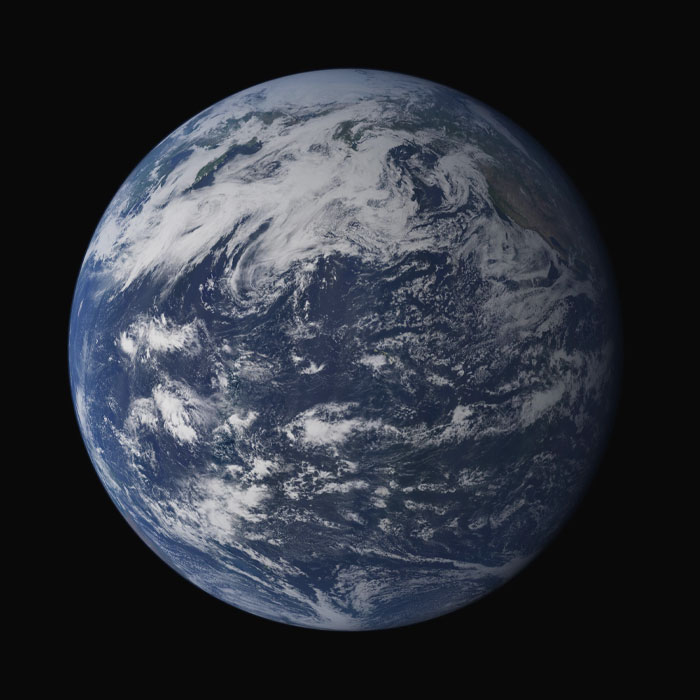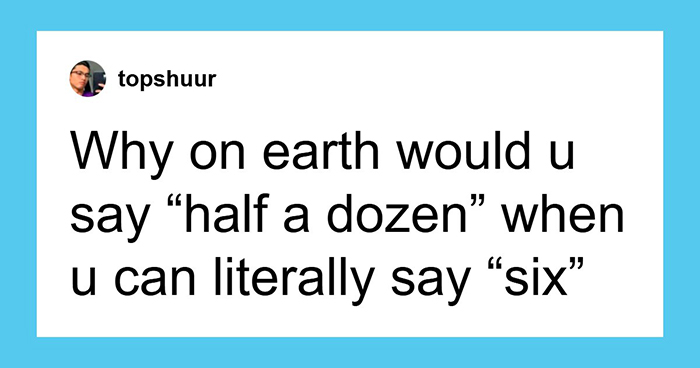You Could Fit All The Planets In Our Solar System Between Earth And The Moon
At apogee, when the Moon is farthest from the Earth, it's about 398,000 km surface-to-surface.
If we align the planets through their polar axes, they add up to a total distance of 364,799 km.
Sunsets On Mars Would Appear Blue To Human Eyes
One more reason to feel blue watching a sunset. Thank you very much.
Saturn's Moon Titan Is The Only Known Place In Our Solar System Other Than Earth That Has A "Liquid Cycle"
It is the sole other place in the Solar System known to have an earthlike cycle of liquids raining from clouds, flowing across its surface, filling lakes and seas, and evaporating back into the sky (akin to Earth’s water cycle).
Neptune Is The Only Planet In Our Solar System Not Visible To Our Naked Eye And The First Predicted By Mathematics Before Its Discovery
Unless Disturbed, The Footprints On The Moon Will Remain There For Millions Of Years
They wouldn’t if my mom could get to the moon. She would sweep them up.
Jupiter's Moon Io Is The Most Volcanically Active Body In The Solar System
You Can Grow Up To 5 Centimeters In Space
Unfortunately, this reverses when you return to full gravity. And, apparently, the shrinking process hurts.
About 13630 Satellites Were Placed Into Earth Orbit
There is about 8850 of those satellites still in space, while about 6700 is still operational.
There Are Five Dwarf Planets In Our Solar System: Pluto, Ceres, Makemake, Haumea And Eris
Neptune's Winds Can Reach Speeds Of More Than 1200 Mph (2000kph)
The Sun Is Predicted To Be A Little Less Than A Half Through Its Lifespan
The Sun will eventually run out of energy, like all stars do.
When it starts to die, the Sun will expand into a red giant star, becoming so large that it will engulf Mercury and Venus, and possibly Earth as well.
Pluto Has Mountains
Uranus' Moon Miranda Has The Weirdest Surface Features Seen On A Moon
It has giant fault canyons as much as 12 times as deep as the Grand Canyon, terraced layers and surfaces that appear very old, and others that look much younger.
Saturn's Rings Are Made Up Of A Lot Of Small Ice Chunks, Rocks Varying In Size From Dust-Size To The Size Of Mountains
Space (Karman Line) Is Just 100 Kilometers (62 Miles) Away
The Biggest Storm In Our Solar System, The Great Red Spot Is Shrinking
And if you look real close, you'll see monoliths. (What? I love "2010".)
There Is A Six-Sided Jet Stream Of Winds Surrounding A Huge Storm And Making Up A Hexagon Shape At Saturn's North Pole
I think it's got something to do with the temperature being low enough that the gasses are in superconductive state. If someone remembers more or better, please correct
Venus Is The Brightest Object In Earth's Night Sky After The Moon
Jupiter’s Moon Ganymede Is Not Only The Largest Moon In Our Solar System
There's also evidence that it has an underground saltwater ocean containing more water than all the water on Earth combined.
Our Solar System Formed Around 4.5 Billion Years Ago
🎶 Our whole universe was in a hot, dense state / Then nearly fourteen billion years ago expansion started, wait / The earth began to cool, the autotrophs began to drool / Neanderthals developed tools / We built a wall (we built the pyramids) / Math, science, history, unraveling the mysteries / That all started with the big bang (bang) 🎶
If You Weigh 40kg (88lbs) Here On Earth, You'd Weigh 94kg (207lbs) On Jupiter
There Could Be A Ninth, Giant Planet In Our Solar System
The Sun's Outer Atmosphere, The Corona Is Hotter Then The Sun's "Surface" (Photosphere)
The Sun's core reaches 15 million °C, the photosphere reaches only 5500 °C, while the corona can reach up to 2 million °C.
Little known fact: the only part of the sun that we have pictures of is the Photoshere. (Rim shot)
There Are More Than 200 Moons In Our Solar System
Uranus Was The First Planet Discovered With An Aid Of A Telescope
There Is More Than 130 Million Space Debris Objects
36500 space debris objects greater than 10 cm.
1000000 space debris objects from greater than 1 cm to 10 cm.
130 million space debris objects from greater than 1 mm to 1 cm.
See! Headless Roach should not have been downvoted earlier for pointing this out.
There's Been About 6250 Successful Rocket Launches Since 1957
Dear Person who is pointlessly downvoting, please identify yourself in a comment so the rest of us can downvote you. Sincerely, the rest of Bored Panda.
Temperatures On Uranus Can Get As Low As -224.2 Degrees Celsius
Mars Has The Largest Volcano In The Solar System, Olympus Mons
It's three times taller than Earth's Mt. Everest with a base the size of the state of New Mexico.
Mars Colour Is Due To The Iron-Rich Dust Covering The Surface
Asteroids Are Leftovers From The Formation Of Our Solar System
There are rocks like this with little holes in them on the beach in Sequim, Washington.
There Is More Than 10100 Tonnes Of Space Objects In Earth's Orbit
Mars' Canyon Is 7 Times Larger Than Earth's Grand Canyon
I didn't come here to see a planetary game of "I'll show you mine if you show me yours"
Every Planet In Our Solar System Has At Least A Tiny Bit Of Water In Different Forms
Spacecraft Visited Every Planet In Our Solar System
Uranus Spins Sideways
It rotates at a nearly 90-degree angle from the plane of its orbit.
Mercury Is The Smallest And The Closest Planet To The Sun In Our Solar System
With a radius of 1,516 miles (2,440 kilometers), Mercury is a little more than 1/3 the width of Earth.
From an average distance of 36 million miles (58 million kilometers), Mercury is 0.4 astronomical units away from the Sun.
One Day On Mercury Is About 59 Earth Days, And Mercury's One Year Equals Earth's 88 Days
However, the "day" in question is sidereal day, rotation respective to the stars. Solar day, is 176 days - sun is up for a whole Mercurian year, then down for the same time.
The Solar System Is Incredibly Big
The average distance between the Sun and Pluto is 5,913,520,000 km.
When you first realize the distances between objects in the universe, it can kind of leave you flabbergasted.
Saturn's Moon Iapetus Is Called Yin And Yang Of Saturn Because Of Its Hemisphere
The leading hemisphere has a reflectivity (or albedo) as dark as coal (albedo 0.03-0.05 with a slight reddish tinge) and its trailing hemisphere is much brighter at 0.5-0.6.
This is where the monolith was in the novel 2001 space Odyssey instead of around Jupiter like in the film
Venus Has The Hottest Surface In Our Solar System
The Sun Is The Largest Object In Our Solar System
To fill the Sun's volume, you would need 1.3 million Earths.
The Sun Makes Up 99.8% Of Our Solar System's Mass
There Are Rocks From Mars Here On Earth
Fun Fact: It's not related to this but every planet in the solar system has rings. Saturn just has the most obvious!!!
Venus’ Clouds, Whipped Around The Planet By Winds Measured As High As 224 Miles (360 Kilometers) Per Hour
Our Solar System Is Part Of The Milky Way Galaxy
The Sun Is About 93 Million Miles (150 Million Kilometers) From Earth
So your saying from question 13 that the Sun shall grow that much and then proceed to swallow Earth? Damn that's messed up. 😡
Our Moon Has No Atmosphere
The Average Temperature On Mars Is -66 Degrees Celsius (-86 Degrees Fahrenheit)
Our Solar System Has 8 Planets
Mercury, Venus, Earth, and Mars fall under the category of terrestrial planets, Jupiter and Saturn are gas giants, and Uranus and Neptune are the ice giants.
The vastness of our cosmos continually intrigues mankind, with celestial bodies like Jupiter offering a visual spectacle through imagery provided by NASA's Juno mission.
For individuals fascinated by the celestial wonders of our solar system, further exploration of the magnificent photos captured by Juno can offer an eye-opening perspective.
I have noticed a downvoting troll on this page. Some people needlessly downvoted. Downvoting is not dislikes, downvoting can lead to people being banned, just for having opinions or making inoffensive jokes. Do not downvote, unless it is for the bots making "$400 an hour" or the obviously racist and hateful people.
Many have noticed this. Upvotes for everyone!
Load More Replies...How can we really know the expanse of space ....without a banana for scale
I have noticed a downvoting troll on this page. Some people needlessly downvoted. Downvoting is not dislikes, downvoting can lead to people being banned, just for having opinions or making inoffensive jokes. Do not downvote, unless it is for the bots making "$400 an hour" or the obviously racist and hateful people.
Many have noticed this. Upvotes for everyone!
Load More Replies...How can we really know the expanse of space ....without a banana for scale

 Dark Mode
Dark Mode 

 No fees, cancel anytime
No fees, cancel anytime 



